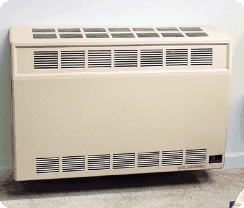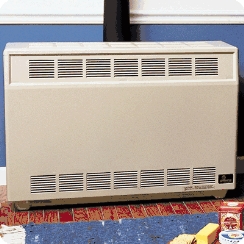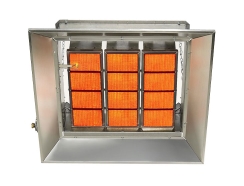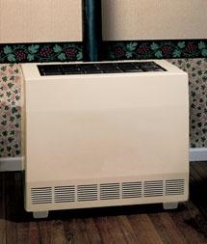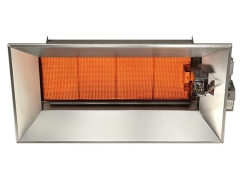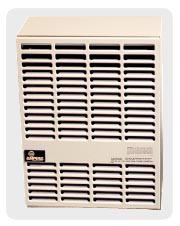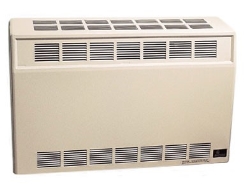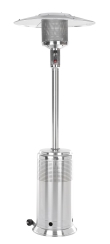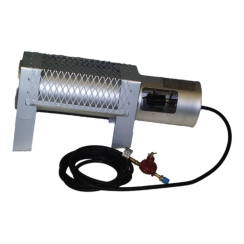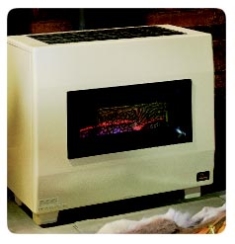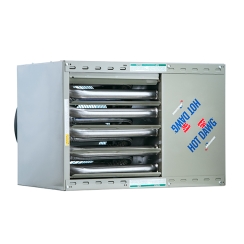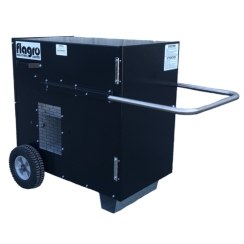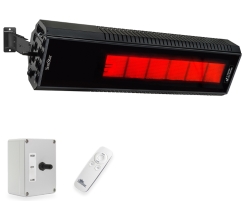Propane Heaters
Displaying 1–20 of 204 items
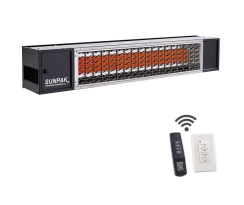
Have questions?
Our NFI-certified experts are here to help!Related Articles
Customer Q&A with Product Specialists
Thank you for reaching out!
Thank you for your interest in our products. We've received your question and will get back to you shortly — usually within the hour but always within 1 business day. To ensure you receive our response, please add our email address (info@efireplacestore.com) to your email whitelist or address book.
In the meantime, while we prepare our response, keep an eye on your inbox for an email from us. We'll be sending you our exclusive Buyer's Guide, packed with valuable information to assist you in making the best decision for your needs.
If you have any further questions or need immediate assistance, feel free to reach out to us directly at 1-800-203-1642.
Thank you again for choosing eFireplaceStore.com!
Customer Images

About Propane Heaters
A propane heater can provide heat in places that natural gas cannot. Propane heaters allow you to use small, portable tanks. You can also choose a ventless propane heater or a vented propane heater, another convenience that can't be dismissed easily. While you might think propane gas heaters are only for outdoors, indoor propane heaters are also worth considering. But any propane heater requires consideration before you commit to it. So if you need a direct vent propane heater or a vent free propane heater, you can learn more from our Propane Heaters Buyer's Guide.
